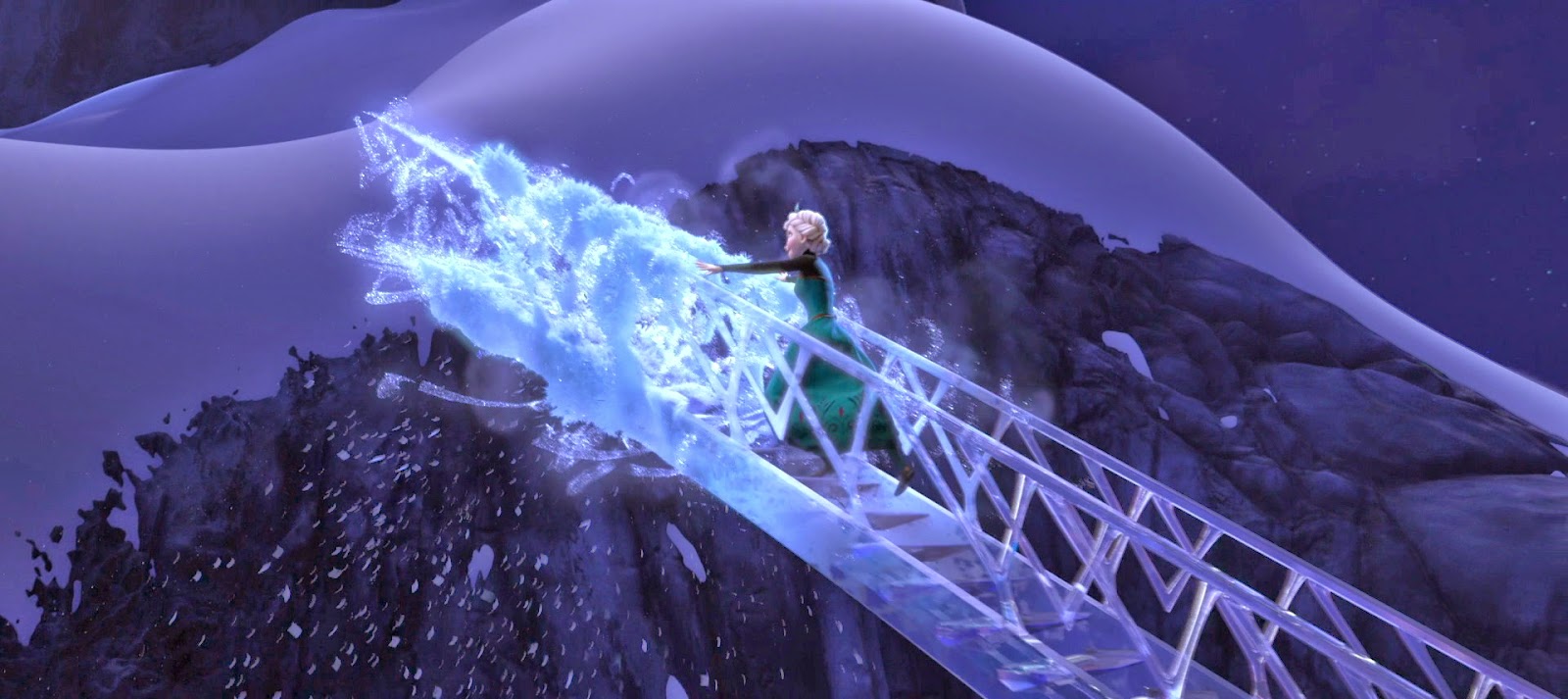The film adaptation of John Green’s wildly successful The Fault in our Stars already looks set
to be the big cry-your-heart-out hit of the summer. Fans of Green’s novel can
rest easy knowing that the film stays incredibly close to its source material;
it is sad yet funny, enjoyable yet thought-provoking. Whilst it is hardly going
to become an instant classic, it is almost certainly something which will leave
viewers thankful for having experienced.
 |
| The Fault in our Stars |
The strongest performance by far is that of Woodley, whose vivacity is
delicately counterbalanced with an impending sense of her own mortality. There
are very few actresses, especially of Woodley’s age, who would have been able
to give such a strong performance in so challenging a role; her ability,
however, to do so proves that there is no fault in this star, and she will
undoubtedly shine bright for years to come.
 |
| No fault in this star: Shailene Woodley as Hazel Grace Lancaster |
Despite only playing a minor role, the other standout performance
belongs to Nat Wolff, who is brilliantly intense and genuinely funny as the recently
single, newly-blind Isaac. Laura Dern and Sam Trammel both deliver solid
performances as Hazel’s parents, as does Willem Dafoe in his portrayal of the
troubled, world-weary Peter Van Houten whom Hazel so greatly admires. It is
only Ansel Elgort whose work occasionally leaves something to be desired. It
is, on the whole, decent, but it is unfortunately flecked with odd moments
where his lack of experience is apparent.
There are numerous occasions where the film suffers from poor dialogue and veers
too far into the realm of pretentiousness; Gus’s heavy-handed,
scraping-the-barrel cigarette metaphor is eye-roll worthy to say the least.
However, these are criticisms which are better levelled at Green’s book, and so
on this front the film may be forgiven. There are, unfortunately, pacing issues
which seem to stem from remaining a little too
faithful to the novel, which results in it feeling slightly slow and flat in
places. Moreover, there are also times, particularly in the final third, where
the dramatic beats begin to feel rather like churned-out ‘weepy’ scenes. Though
it must be noted that Woodley’s acting in these ‘weepies’ is so moving that, on
this front, too, the film may also be forgiven.
 |
| The Fault in our Stars is flawed, but certainly worth experiencing. |
Alhough it is unmistakably marketed towards a teen audience, The Fault in our Stars is one of those
films which people of all ages will be able to enjoy; however, those who will
arguably find it most rewarding are those who have followed Green for a number
of years. In his YouTube videos he has spoken at great length and with greater
frequency about the people and the novels which have influenced him most, and
for those familiar with Green it is easy to chart these influences throughout
the course of the film. (The debt it owes to The Catcher in the Rye, for example, is unmistakable.) The
transition from seeing Green speak about these influences in pixelated videos in
one corner of the internet to seeing them actually at work on the big screen in
an internationally-successful film speaks volumes about just how far his career
has come in such a relatively short period of time.
There is one scene in the film which sees Hazel and Gus display their
fondness of a quotation in Van Houten’s novel An Imperial Affliction: “Pain demands to be felt.” The Fault in our Stars, despite its
flaws, and if only for the stellar performance of Woodley, is a film which
demands to be seen.
3.5/5













